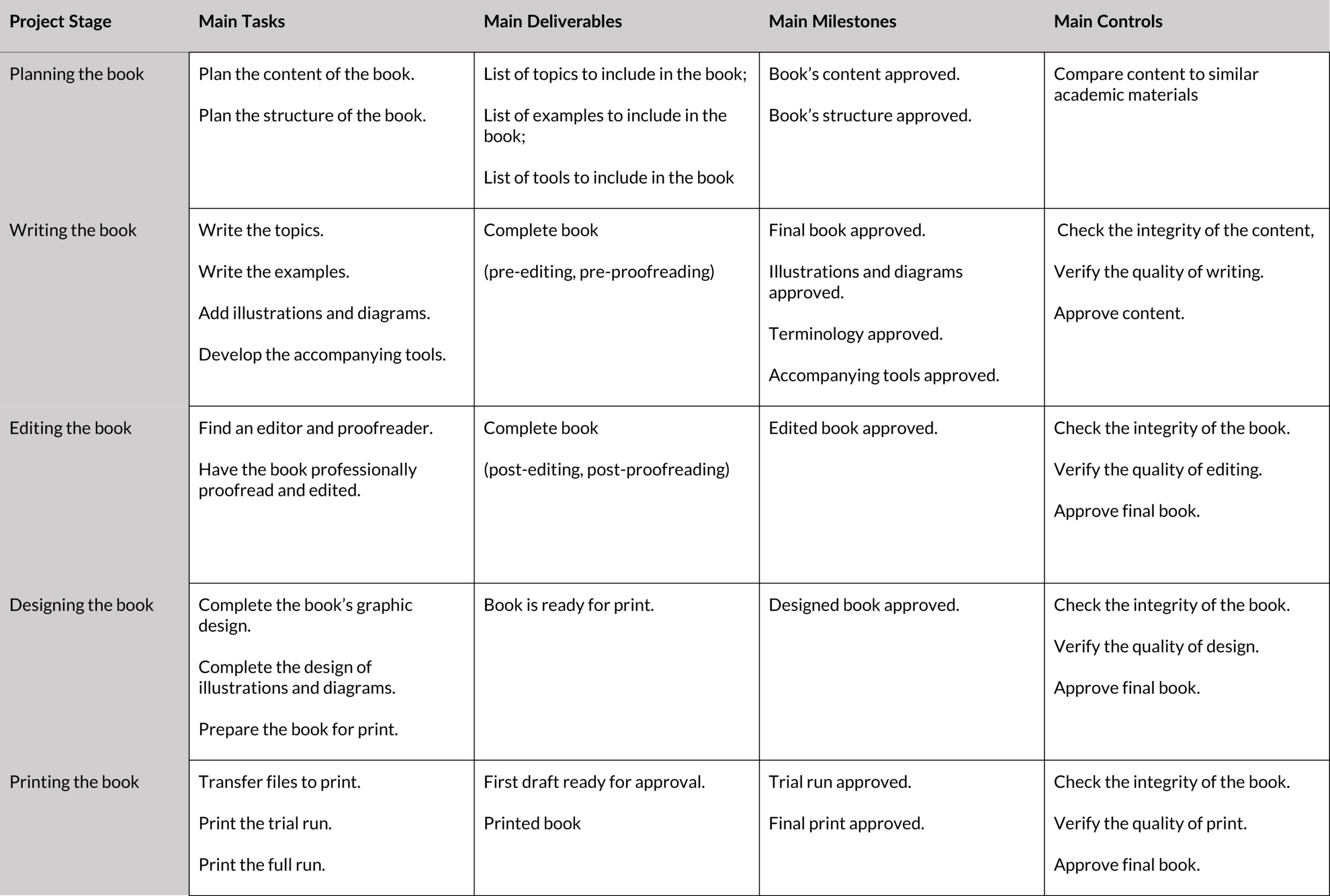The project planning phase is usually divided into an initial planning phase – in which the project is planned in macro resolution, and a detailed planning phase – in which the planning is deepened and refined as required.
In the initial planning phase, where the uncertainty associated with the project is at the lowest level, the scope of the project should be planned to such an extent that it will ensure that the decision to approve the project will be the right one. To this end, it is better to describe the project – from its goals, through the constraints that apply to it to its life cycle and deliverables.
Every project has a well-defined lifecycle, which generally describes its stages, tasks and deliverables. A typical project lifecycle is composed of four main stages: project initiation, project planning, project execution and control, and project closure. This generic lifecycle must be adapted to the specifics of each project.
This adaptation is done by developing a lifecycle table that outlines the story of the project and presents an overview of its process. The lifecycle table includes the chronological order of the project’s stages; the central tasks undertaken at each stage; the main deliverables and milestones; and the main controls that must be put in place to ensure that these defined milestones and deliverables are achieved. The lifecycle table acts as the initial planning platform.
At a later stage, it will serve to develop the project’s detailed work plan.
There are two main advantages to using such a table:
- The table is simple and easy to complete, ensuring that the most important aspects of the project are taken into account from the very beginning.
- It presents the project using simple language, facilitating clear communication with all the stakeholders without the need for process diagrams or work plans.
This table focuses on the big picture, does not delve into unnecessary details and emphasizes the project’s milestones and deliverables – two key aspects that should be in the managerial focus of the project manager.
The table is build from these columns:
Project Stage
Main Activities
Main Deliverables
Main Milestones
Main Control Activities
For example, a lifecycle table of writing a professional book might look like this:
it’s important to remember!
- Although the table describes the project in chronological order, it does not address scheduling. There is no prevention to schedule tasks in parallel when composing the project work plan.
- The table does not deal with resources and does not go down to details. It actually “flattens” the project and looks at it from a bird’s eye view. The details will come later.
- Proper planning requires maximum coverage of the project scope and this cannot be achieved when running into its small details. Proper planning process requires restraint and discipline to avoid running into small activities and to execution. Skipping this step and running directly to scheduling the project tasks, would inevitably lead to a zigzag project management whenever any task that was forgotten appears while working on the project.
Known traps in filling the table:
In conclusion,
The lifecycle table of a project is in fact a popular chronological WBS, which emphasizes deliverable and milestones in the project. A good table as stated above will ensure not only that all the important aspects of the project are taken into account at the very beginning, but also that everyone – especially the customer, understands the project. This is the basis for making good decisions in a project.

